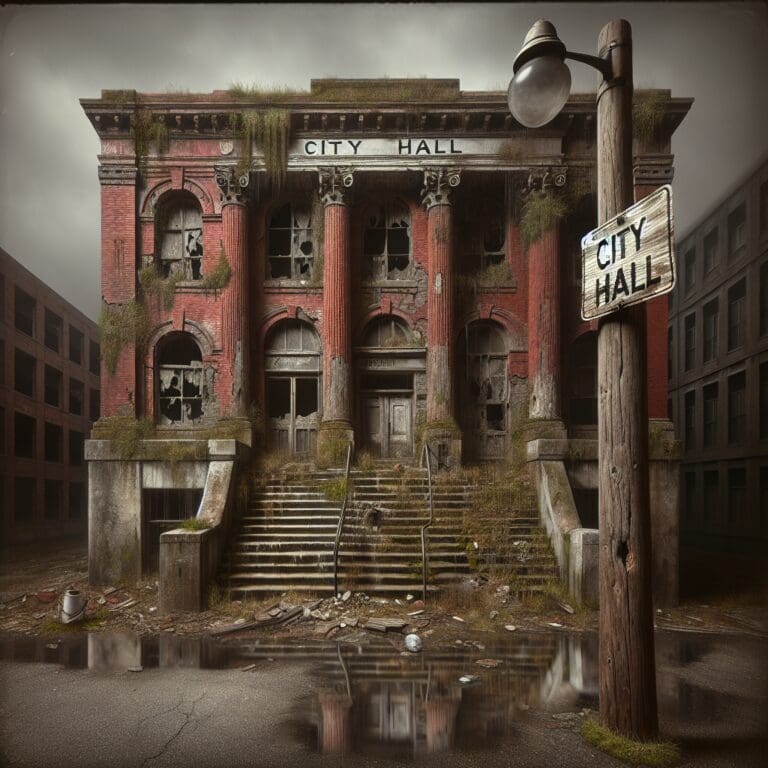Local Government Infrastructure Decay: A Deepening Crisis
The structural decay of local government infrastructure has become a crisis of alarming proportions. This decay, pervasive in roads, bridges, schools, hospitals, water and sanitation systems, is a constant reminder of decades of underfunding, poor management, and policy neglect. Worsening climate change impacts and population growth have exacerbated the situation, stretching already strained resources to their limits. This problem, often disguised by a veneer of short-term fixes, is more than an inconvenience – it’s a ticking time bomb.
The Echoing Echoes: Unresolved Infrastructural Issues
The echoes of local government infrastructure decay are widespread and increasing. They present in different ways: potholes on roads, rust-ridden bridges, failed energy grids, and outdated water delivery systems. These echoes serve as stark reminders of our civilization’s infrastructural failures, causing unprecedented damage to our economic development, environment, and human wellbeing.
Factors Conducive to Infrastructure Decay
Several factors contribute to the decay. Chief among these are limited fiscal resources, growing operational and maintenance costs, and lack of political will for infrastructural improvements. While investments in infrastructure projects were priorities of past generations, modern communities are grappling with a multitude of challenging issues such as climate change, social inequality, geopolitical disputes, and evolving technologies, relegating infrastructure to the periphery of policy discussions.
The Impact of Infrastructure Decay on Local Economies
Infrastructure decay has far-reaching economic repercussions; it impedes economic growth, hinge on private sector investments, and compromise job creation efforts. Poorly maintained roads and bridges, for instance, can slow down the movement of goods and people, reducing business productivity and competitiveness. The current condition of local government infrastructure also sends damaging signals to potential investors.
The Relevance of Climate Change
In the face of rising sea levels, storm surges, flooding, and extreme weather events, inadequate and crumbling infrastructure poses significant risks. Old infrastructure was simply not designed to withstand these conditions and has shown its vulnerability time and time again. From submerged transportation systems to power outages during heatwaves, the undeniably strong correlation between infrastructure decay and climate change sets the stage for catastrophic accidents and life-threatening situations.
Health and Safety Concerns
The echoes of infrastructure decay also reverberate in public health and safety. Failing water and sanitation systems can lead to the spread of disease, while dilapidated schools and hospitals speak volumes about the quality of public services. Moreover, when roads are poorly maintained, traffic accidents spike, and emergency response times lag, placing lives undeniably at risk.
Revitalizing Neglected Infrastructure: Solutions and Strategies
Revitalizing worn-out infrastructure calls for an urgent rethinking of how we plan, fund, design, construct, and manage it. This must involve transparent, accountable, and inclusive processes for choosing and designing infrastructure projects, prioritizing essential ones that contribute most to communities’ wellbeing, and adopting sustainable and resilient designs.
The Way Forward: A Call for Action
Indeed, the echoing echoes of local government infrastructure decay are sounding an alarm for urgent action. This task won’t be cheap or easy, but it is necessary to build a more sustainable, equitable, and resilient future for our societies. We need to exploit the synergies between infrastructure modernization and green growth, job creation, poverty eradication, and community revitalization. The time to act is now, or we risk living with the repercussions for decades to come.

